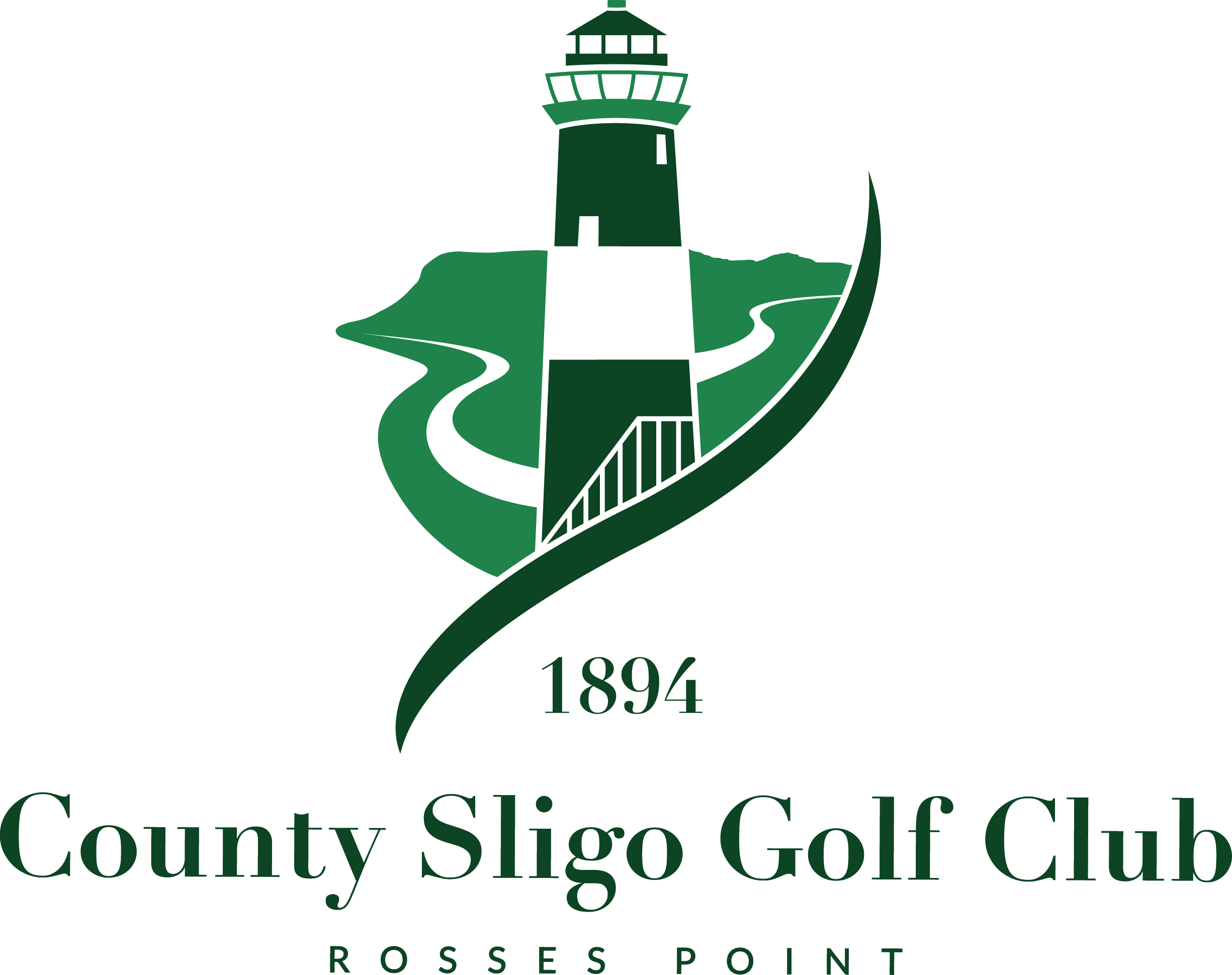The Colt Championship Links
The “Colt Course” was named after the course architect Harry Colt who redesigned the original course in 1927.
The original nine holes were laid out in 1894 by George Combe at the request of Col. James Campbell who was the first Captain of the club. In 1906 it was decided to extend the course to eighteen holes and the designing brief was given to Captain William Campbell a stepbrother of Col. Campbell who was an accomplished golfer and sportsman.
The original Combe course was integrated into the new nine holes. Col. Campbell presented a cup to the club the “Hermitage Cup” to be played bi-annually on St. Stephen’s day and on a day in June.
As golf developed it was felt in the club that due to the hosting of championships the course needed radical upgrading, and so at a council meeting held on May 20th 1927, it was decided by the committee that the secretary should write to Mr H.S. Colt enquiring as to the earliest date that Mr Colt would be in a position to visit the links.
Then on June 27th, Mr Harry Shapland Colt did arrive for a weeks visit and the magnificent links as were know today was created. The original eighteen went in a clockwise direction but Colt went with an anticlockwise direction and a right-hand change of direction for the seventh hole and again at the ninth and tenth holes. This was a pattern that he admired at the old course in St. Andrews, Prestwick, Lytham and Royal Troon. The old course was almost completely abandoned apart from the now 12th and 13th holes which were part of the Campbell holes.
These holes have been modified considerably over the years with a new green were built at the twelfth with increased length with new tees, and new bunkers. Due to improvements in both the equipment and balls, the length of the course has been increased in length considerably over the years from the original length and now stands at 6638 metres or 7259 yards.
New tees have been built, holes and greens extended. A new green has been built at the third hole and the hole increased in length. New bunkers were built and other modifications to the course without any significant changes to the Colt design. In addition to the “West of Ireland” the course has hosted many other national championships and has hosted the Home Internationals on two occasions.
The course is one of the most scenic in Ireland and has been immortalised in the Poetry of W.B.Yeats. The views are spectacular, from the third tee on a clear day one can see five counties, the lighthouse out to sea, the cliffs of Slieve League in Donegal, Lissadell House in the trees across the bay, Queen Maeve’s grave on top of Knocknarea, Drumcliffe Church next to where Yeats is buried and the imposing background of Ireland’s table mountain Benbulben. Notable visitors include Joe Kirkwood, Walter Hagen, Norman Von Nida, Bobby Locke, Henry Cotton, Fred Daly, Tom Watson, Byron Nelson, Nick Faldo, PeterAllis and a young Bernard Langer who came for a day and stayed for a week.
There were many others. It was Peter Allis who said
“Rosses Point is a gentle sleeping giant and one will marvel at its beauty, it can be a tremendous test for the highest quality player and great fun for the modest player, and stands at the top of great Irish courses”.
It is a course that one can enjoy as it is very fair and will reward a good shot but will come up and bite one for any loose play.
Book a Tee Time
Online booking available year-round
